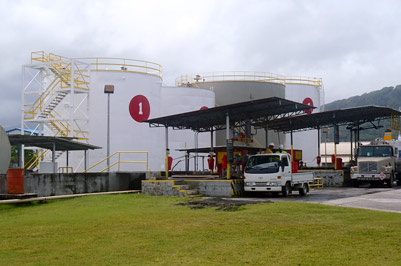
Our client is one of Australia’s premier golf and country clubs. Located on the outskirts of Melbourne, it comprises two championship golf courses, a dayspa, a hotel and conference facilities, and an onsite restaurant.
Objective
Change Factory was appointed primarily to improve customer service ratings, which had been falling while the number of official complaints had been rising.
When we met the client, two issues common in the hospitality industry were immediately obvious. Firstly, employee turnover was at more than 60 percent per annum. This turnover rate extended beyond the rank-and-file staff to include supervisors and middle managers, which made it very difficult for them to retain and operationalise knowledge across the organisation.
Secondly, the client drew its staff from a pool of teenagers and twentysomethings. This labour pool, while abundant in inner city locations, was relatively small in their location on the edge of the Yarra Valley.
In addition, staff learned about their roles through on-the-job training; practice and procedure documentation was minimal unless it involved a specific IT system, and each supervisor often expected things to be done a different way.
By addressing these issues, we looked to improve customer service, and improve profitability with it.
Scope
The client sought the creation and delivery of a new induction programme to teach their staff about the importance of customer service.
Approach
We looked to establish three things:
- When and where customers formed a lasting impression of the levels of service at the client’s premises;
- The ways in which the client’s staff could best learn about how to deliver superior customer service; and
- The factors that would address high turnover rates.
We first created a Moments of Truth map. When we presented the document to staff, the reaction was transformational: individuals could for the first time understand that a customer’s overall impression of their interaction with the company was made up of a lengthy series of small encounters, some of which only lasted seconds and others of which involved no direct contact with staff at all. This gave every individual an important insight: each and every interaction counted as the sum of a whole, and an opportunity to deliver either superior customer service, or sour the customer’s entire experience.
When we observed staff working on their shifts, we discovered that something as simple as a place setting for a banquet meal had a number of different layouts depending on which supervisor was involved, and individual staff members’ interpretations of their supervisor’s instructions. We fixed this issue through the development of a series of standards of operation which, where appropriate, were picture-heavy. By creating standards – which focused primarily on the outcome sought rather than the detailed instructions typical of procedure documents – we created a set of documents that were useful for staff without being unintelligible or overly weighty during the fast-paced shift work common in the hospitality industry.
We also created and delivered an induction programme that sought to provide staff with a perspective on what ‘superior customer service’ was, including practical demonstrations that ranged from serving in a restaurant to dealing with aggressive customers.
Finally, we built and rolled out a reward and recognition programme that focused first and foremost on the customer. This programme, which replaced a corporate programme that had already been in place, allowed our client’s staff to gather reward points which they could exchange for specific rewards, as well as a recognition component that sought to highlight great performance and make it the norm amongst all staff.
Outcomes
After twelve months during which the induction programme had been running, alongside the standards of operation and reward and recognition programme, our client achieved the following results:
- Employee turnover reduced from more than 60 percent to twelve percent.
- Customer Satisfaction rose from the low-to-mid seventies to more than 85 percent.
The number of formal complaints reduced from almost two per month to fewer than ten per year.





